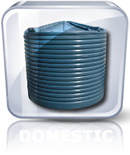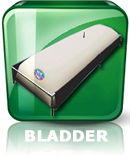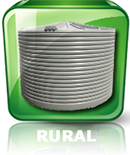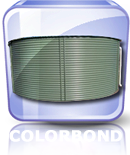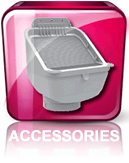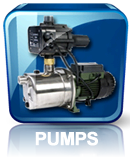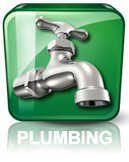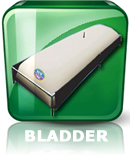1. Turn off your household appliances and lights when not in use.
2. For those appliances that have standby modes such as TV, DVD, microwave and stereo equipment, turn them off at the power point also. More appliances are being built with standby modes that still use power when they are turned off.
3. When you are purchasing new electrical powered equipment, choose efficient models that are designed to use less power and buy the appropriate size appliance for the job. For example a large 4 star energy rated fridge uses more power than a smaller 4 star fridge.
4. Invest in low energy light globes such as Compact Fluorescent Lights (CFL's). Halogen lights are the least efficient form of lighting and you won't be able to buy them soon. Light Emitting Diodes can replace halogen lights although they are currently quite expensive.
5. Consider installing a water efficient showerhead and water aerators on kitchen and bathroom taps. A large portion of power usage goes into hot water so if you use less hot water you use less power.
6. Dry your clothes on a washing line. Clothes dryers can use huge amounts of power.
7. Make sure that you run your dishwasher and washing machine full, rather than only half full.
8. Set your air conditioning to less extreme temperatures. For example on a hot day set it to 24 degrees instead of 22 and try to keep the doors closed and only cool specific rooms you need to use.
9. Explore passive design principles that will make your home more efficient in terms of storing heat and staying cool. Insulating the house is a great way to do this and the government is still offeringsubstantial rebates on rainwater tanks, insulation and solar hot water.
10. To save money on energy you should use energy intensive equipment at off peak times. Generally after 10pm and before 8am although check with your energy retailer to verify times as they are different with different retailers.




